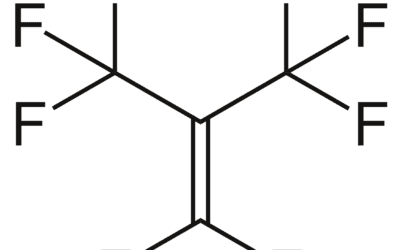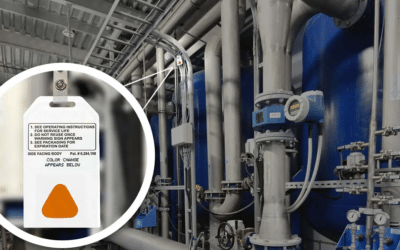General
-
What is Perfluoroisobutylene? Perfluoroisobutylene, also known as PFIB, is a very dangerous and toxic chemical. It is a byproduct in the production of very important and useful chemicals. In the…
-
Chemical safety regulations and regulatory compliance requirements continue to evolve—and for safety managers, compliance officers, and industrial hygienists, keeping up can feel like chasing a moving target. Between OSHA requirements…
-
When disaster strikes, it rarely comes alone. Beyond the visible damage—flooded streets, toppled buildings, raging fires—there are often unseen dangers that pose just as much risk: chemical threats. These hazards…
-
Summer weather brings more than sweat and sunburns—it increases the risk of chemical exposure for outdoor workers. As temperatures climb, so do the hazards on job sites, especially when it…
-
Complete your EHS strategy with SafeAir badges, designed to make chemical hazard detection in foam production effortless and reliable. Explore more about TDI and MDI monitoring in foam production below.…
-
TDI and MDI – or Toluene Diisocyanate and Methylene Diphenyl Diisocyanate – are two of the most common chemicals associated with the polyurethane industry. Diisocyanate monitoring is top of mind…
-
Breaking down formaldehyde hazard detection. We’ve all been there, it’s that time again for calibration and re-training for the company’s chemical detection equipment. A few hours, or a couple of…
-
Ammonia In our last segment of the Ammonia blog series, we discussed what ammonia is, how it is used and where. We shared characteristics that showcase the good and bad…
-
The Chameleon Chemical Detection armband plays a critical, lifesaving role for military personnel, first responders, law enforcement, and more. The Chameleon Armband is a passive chemical detection armband that requires…





